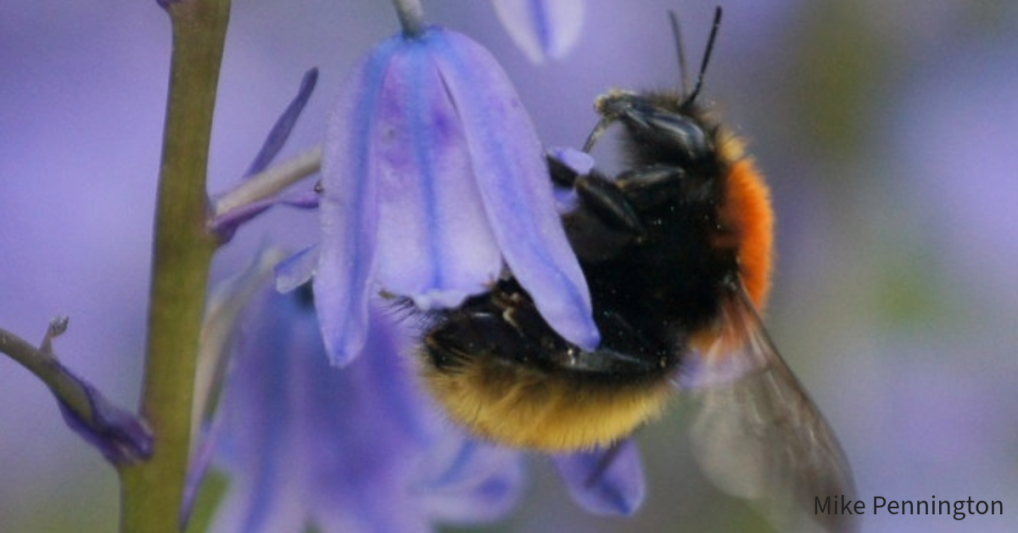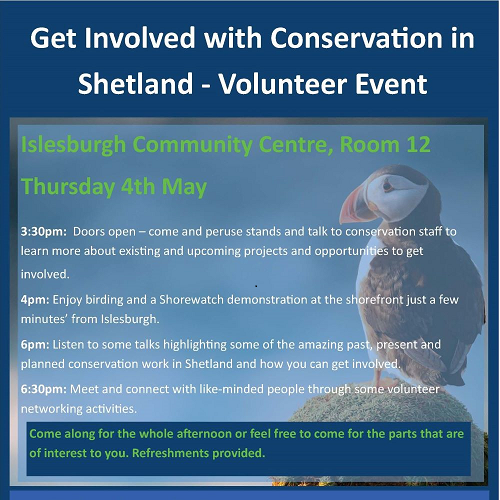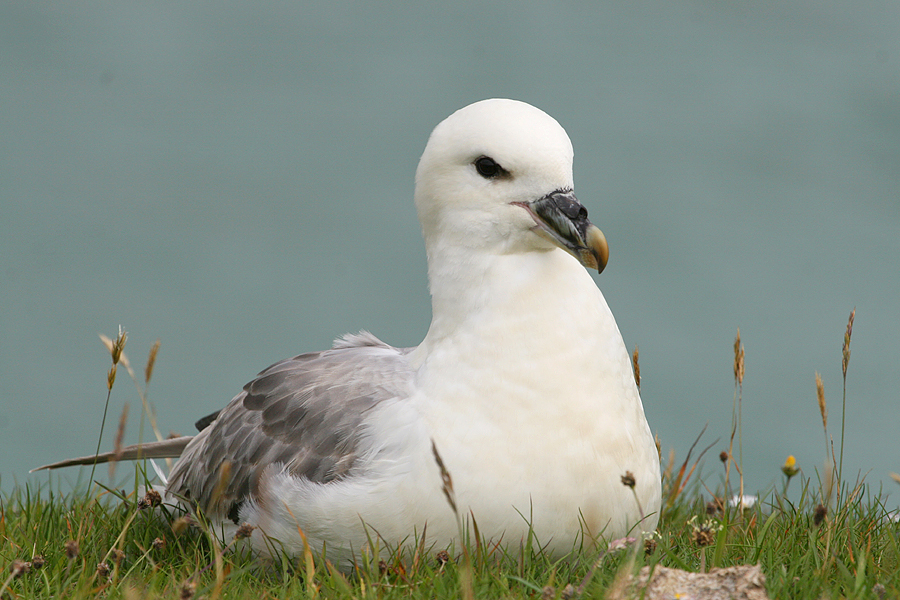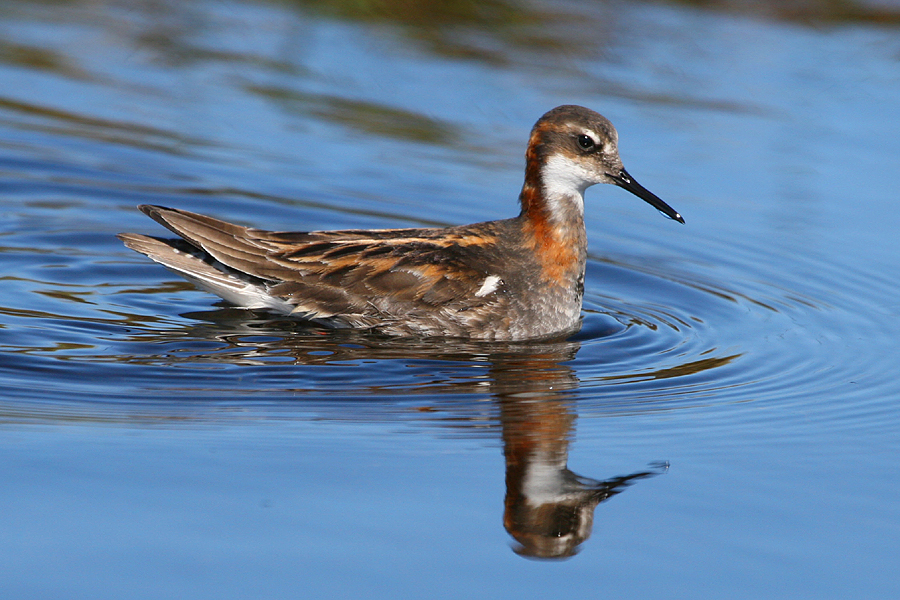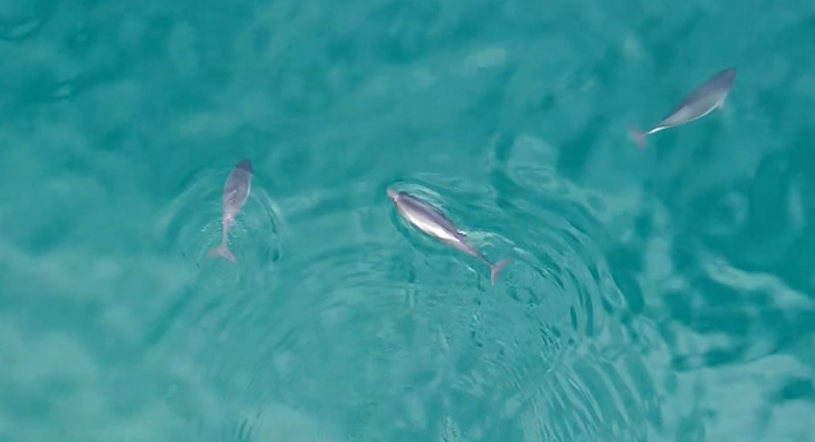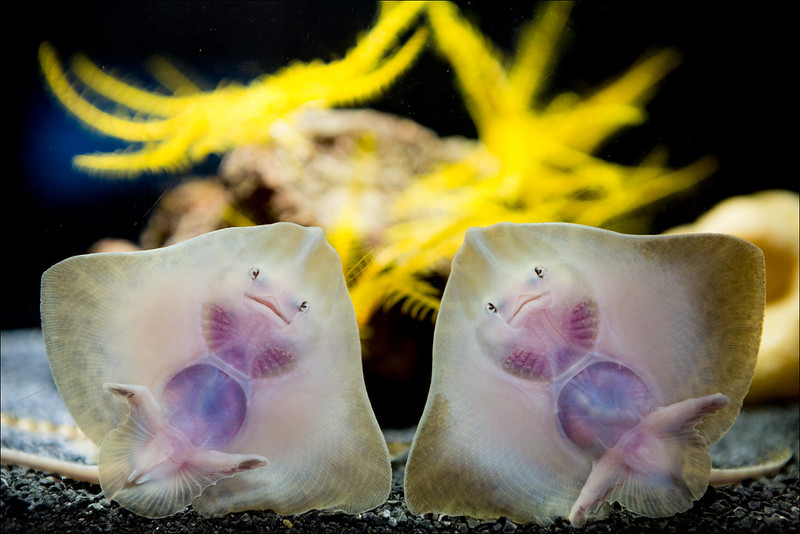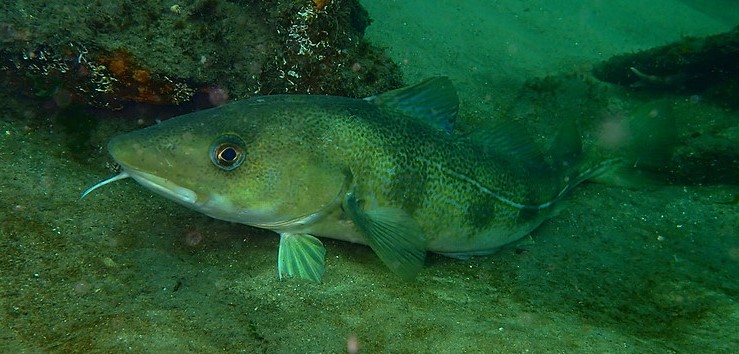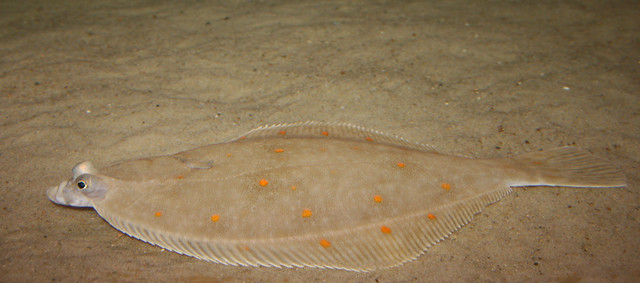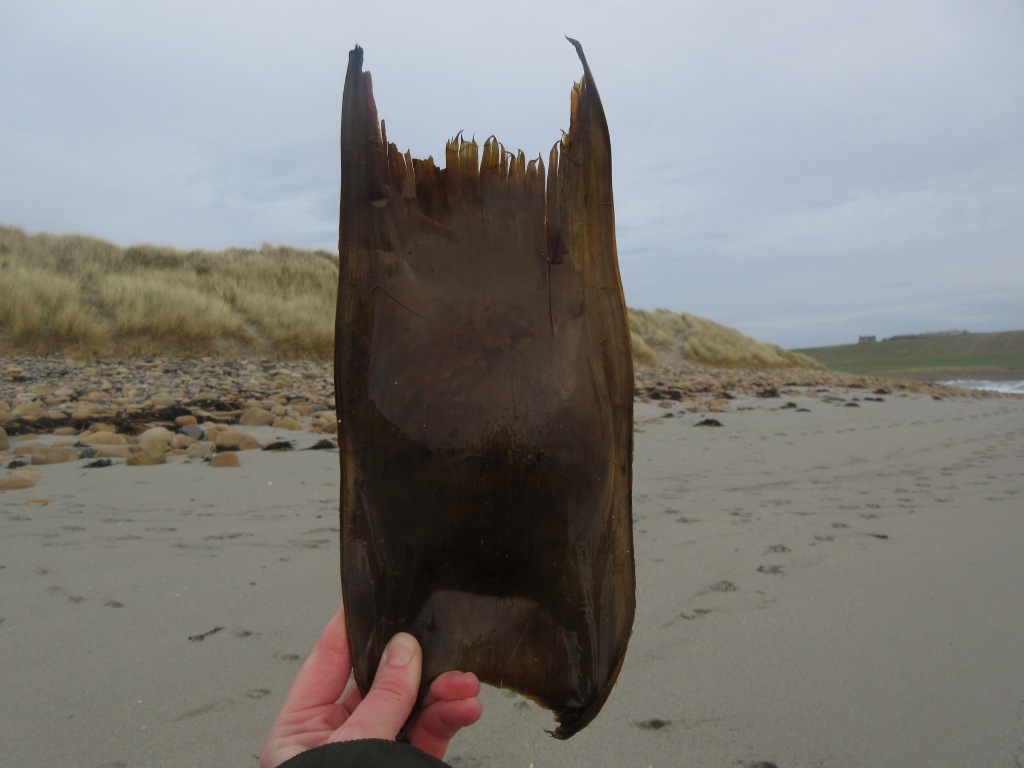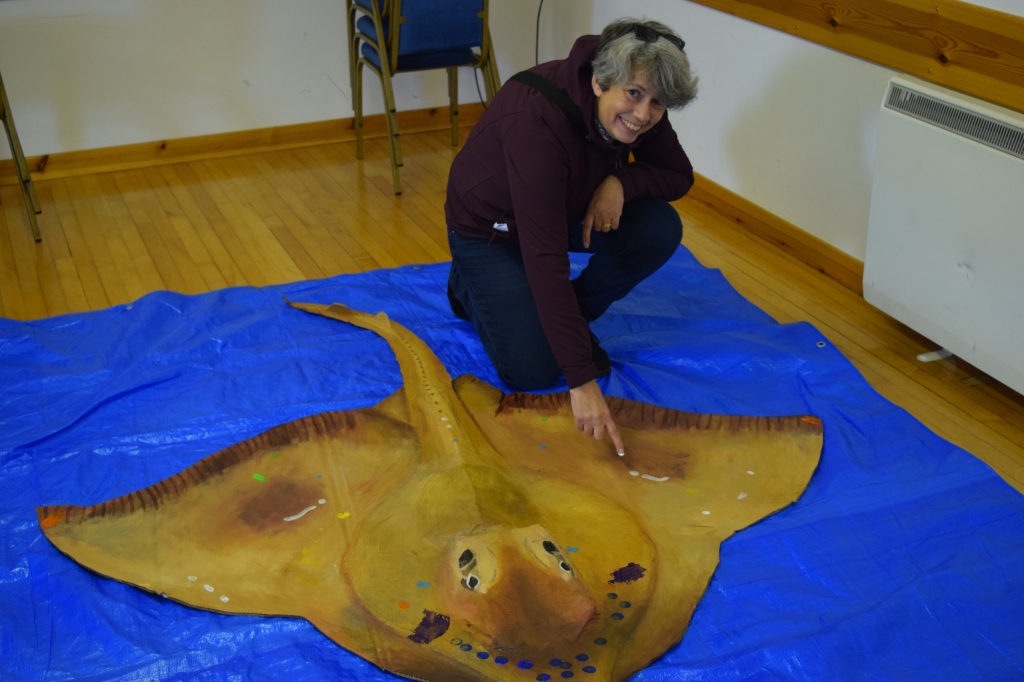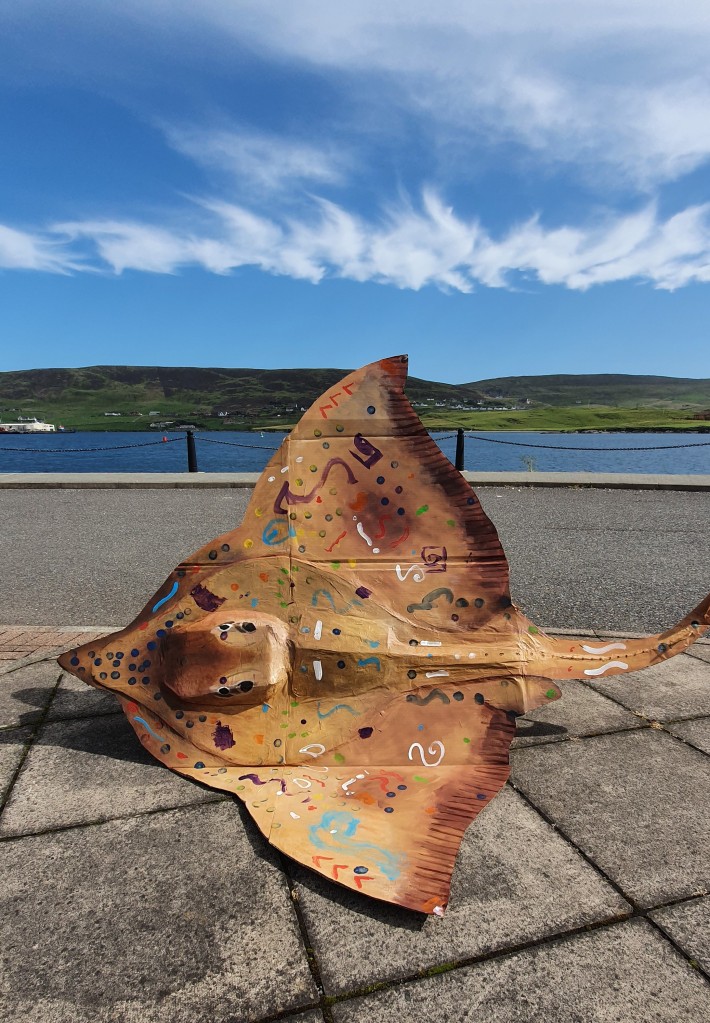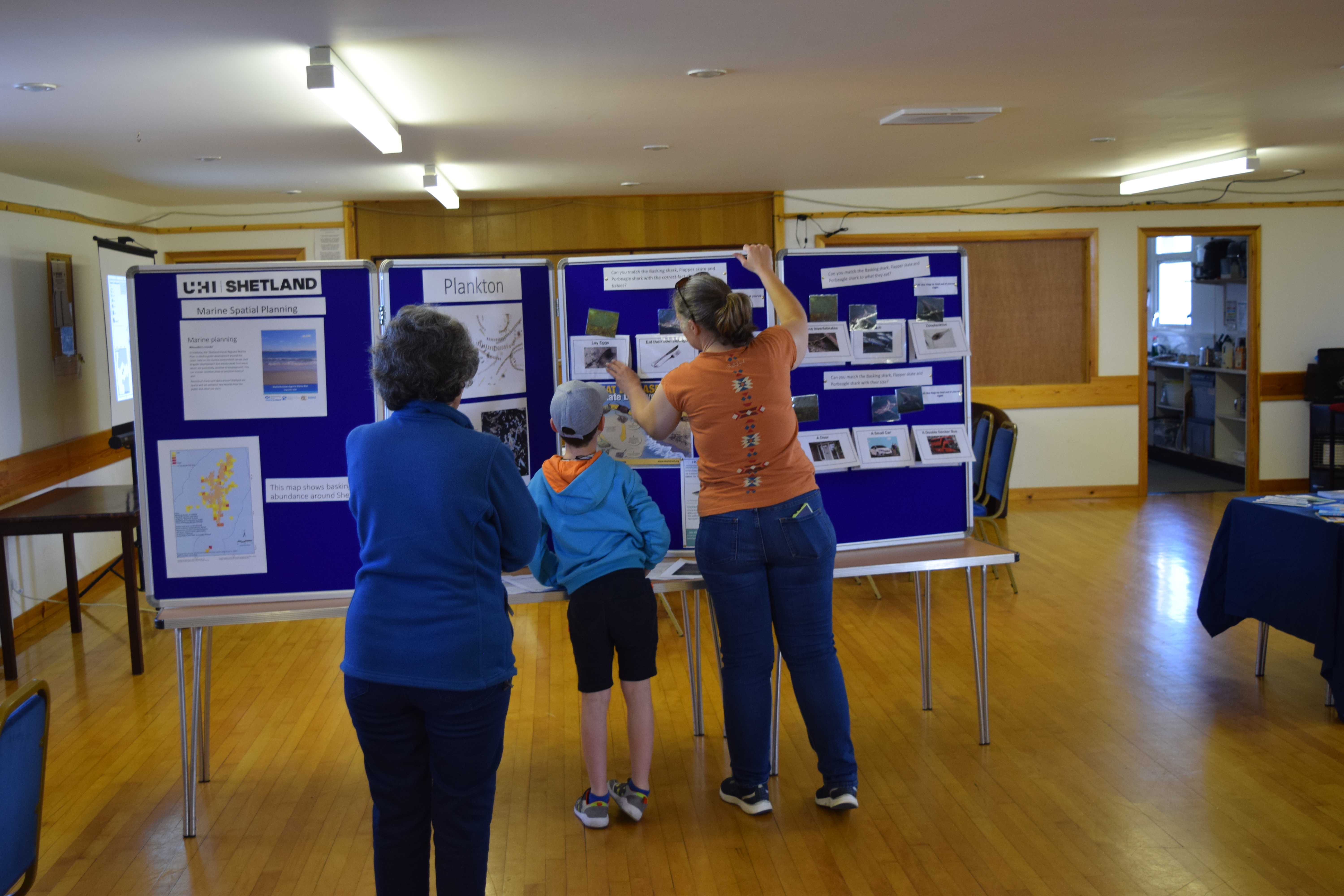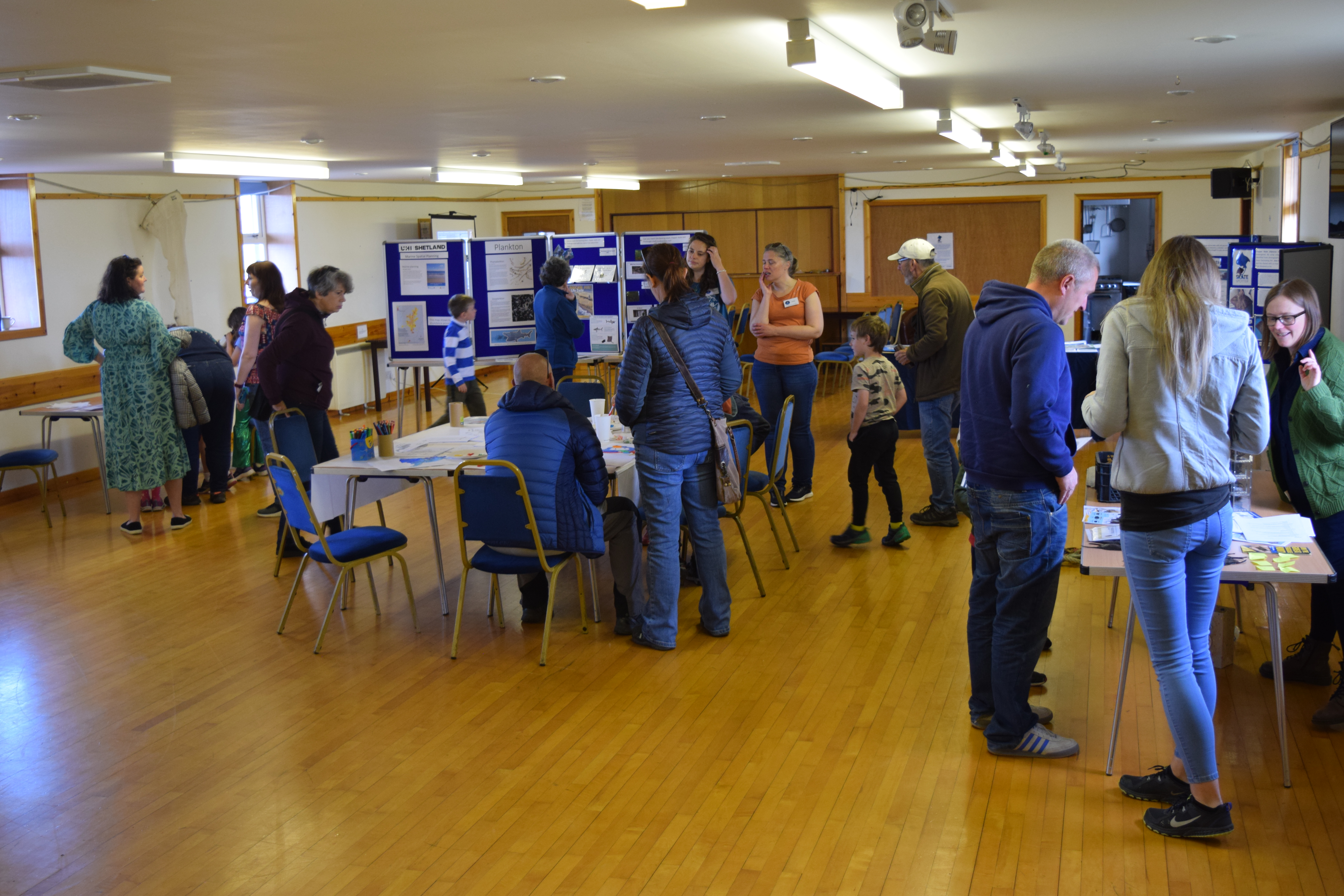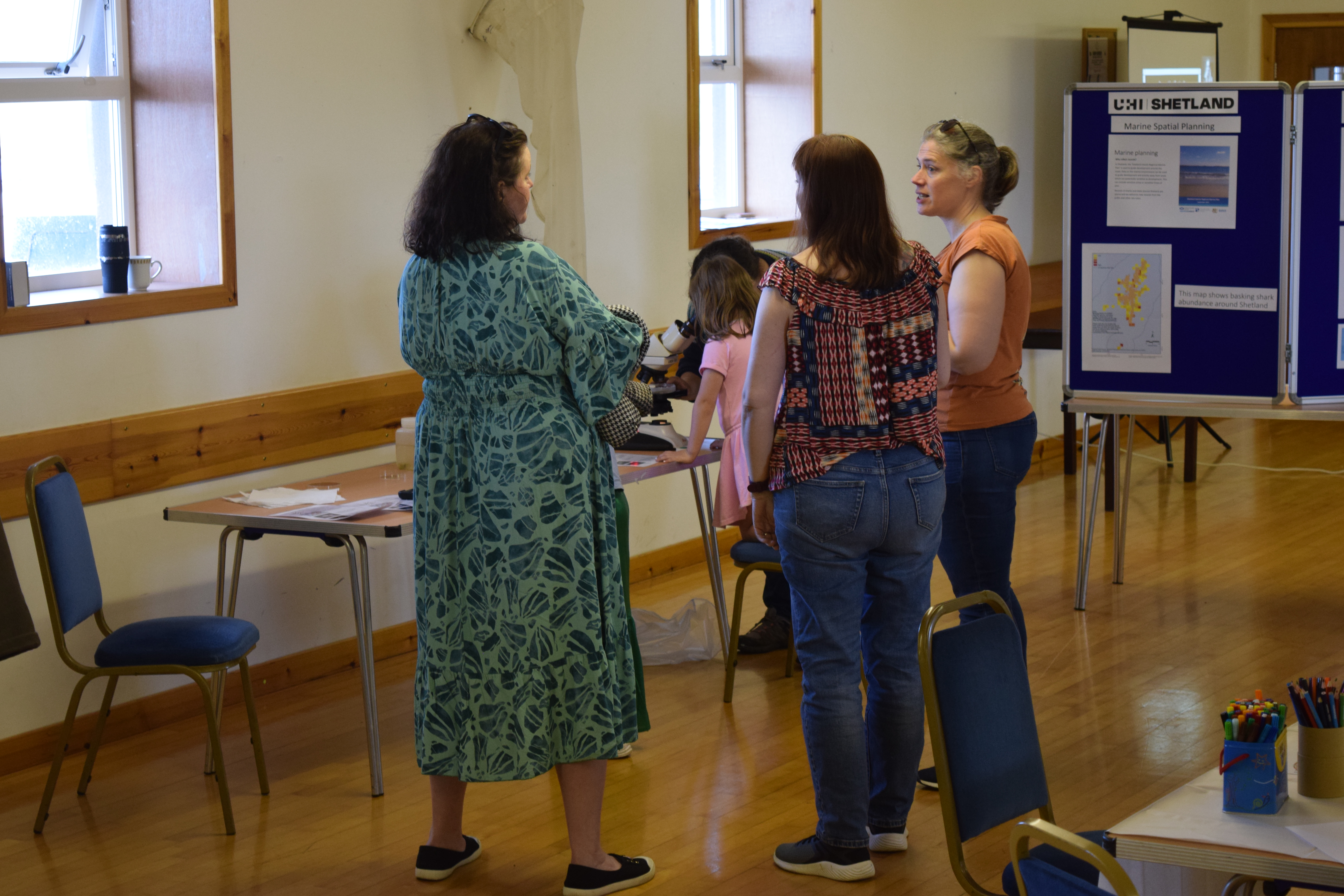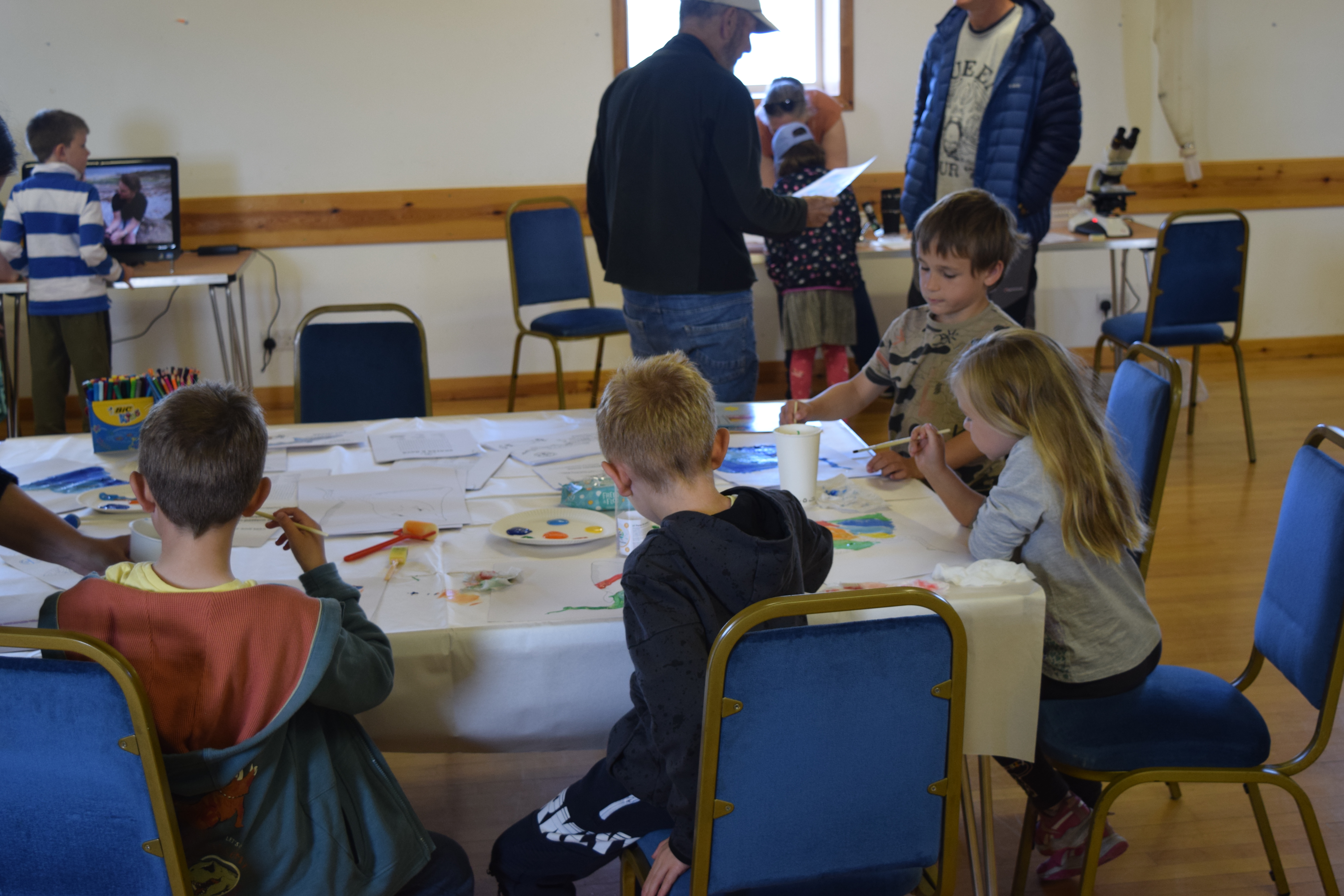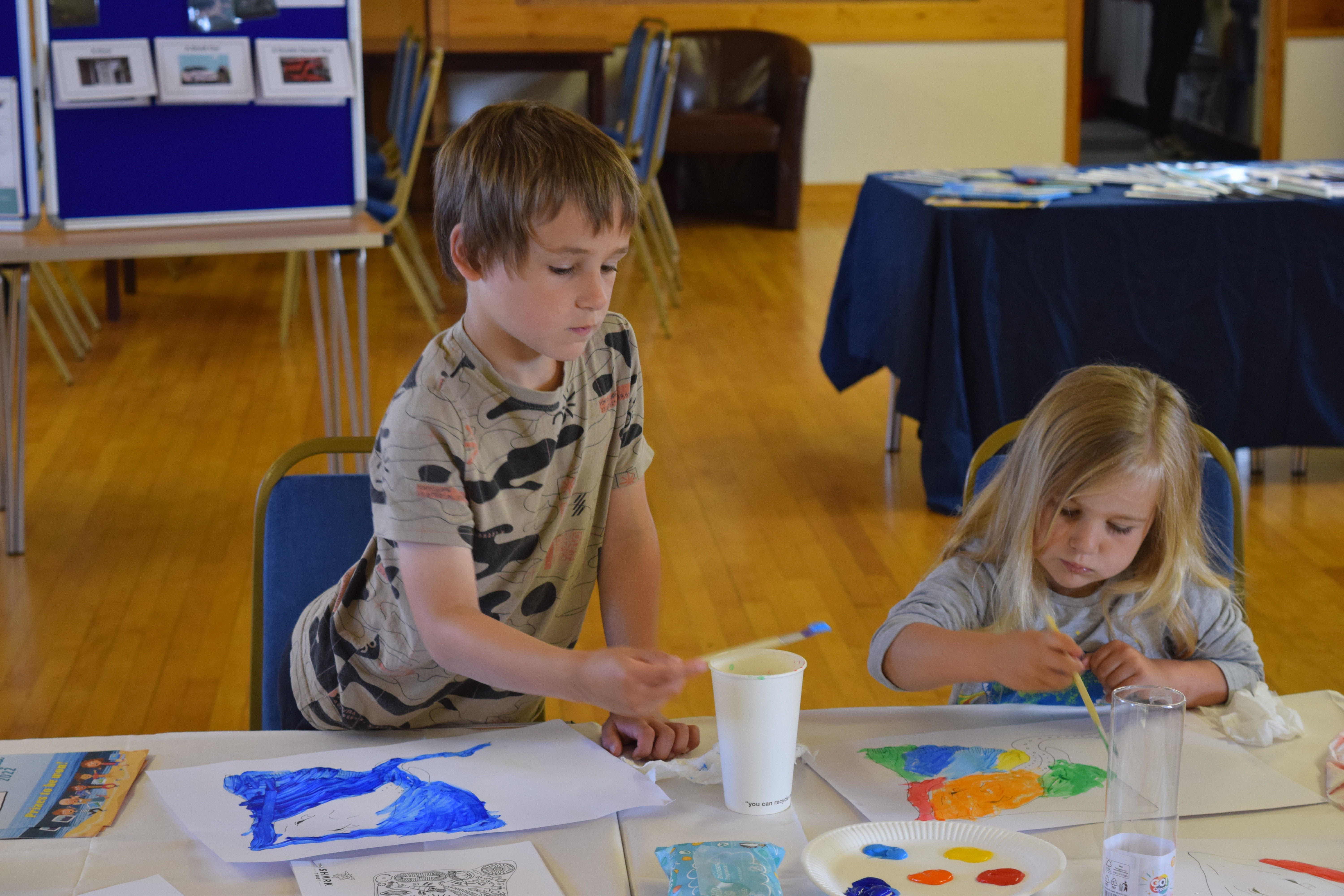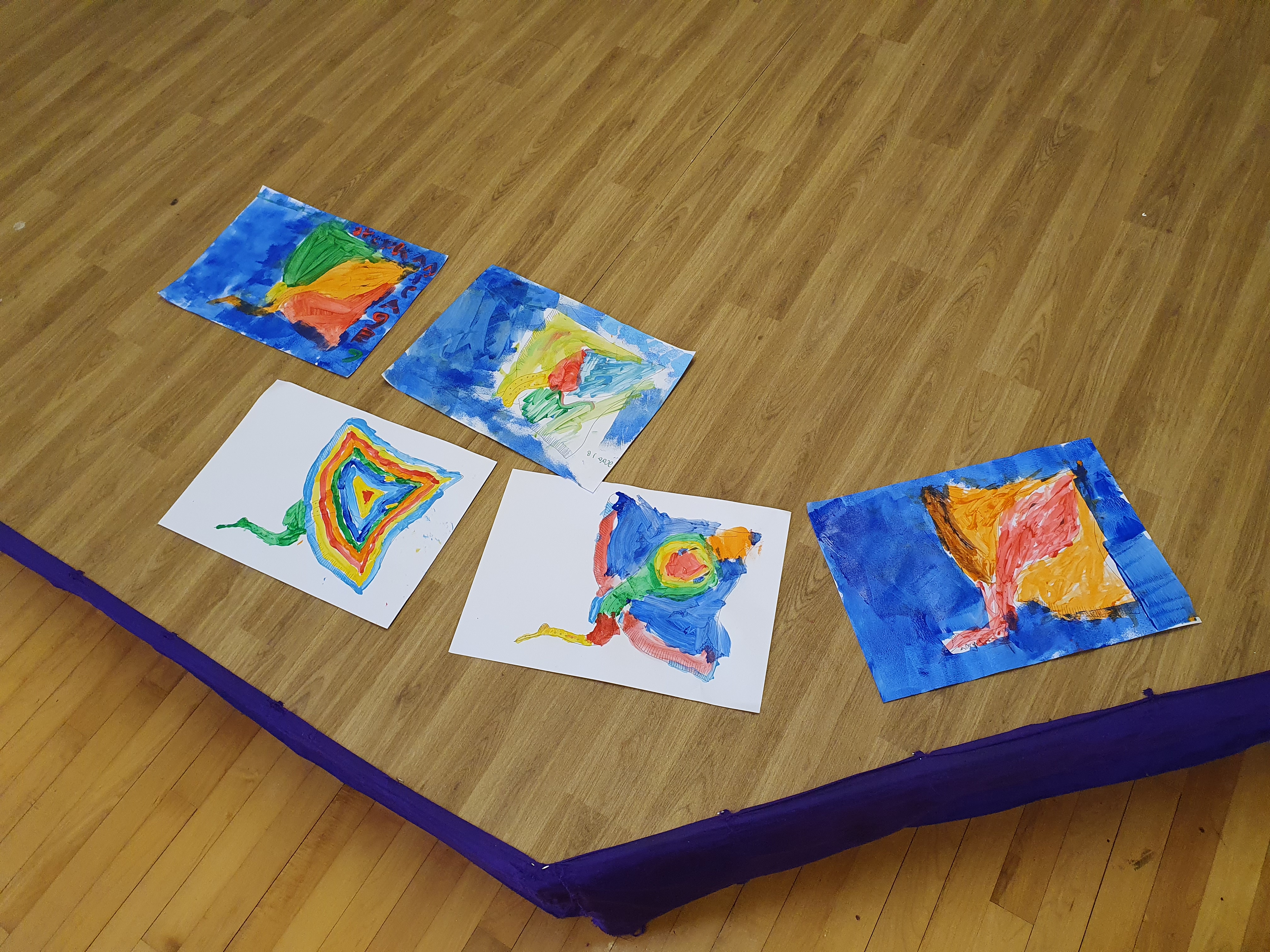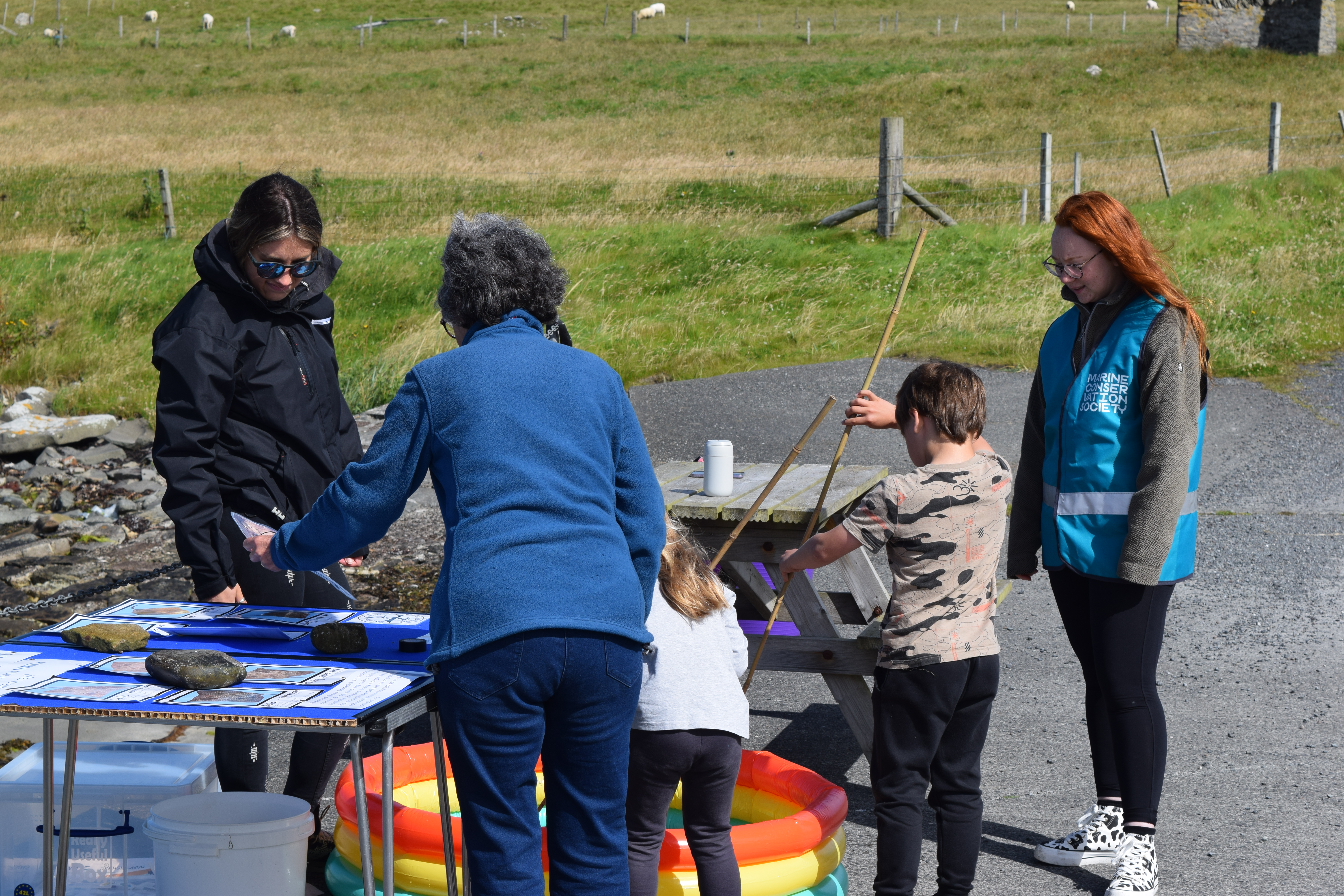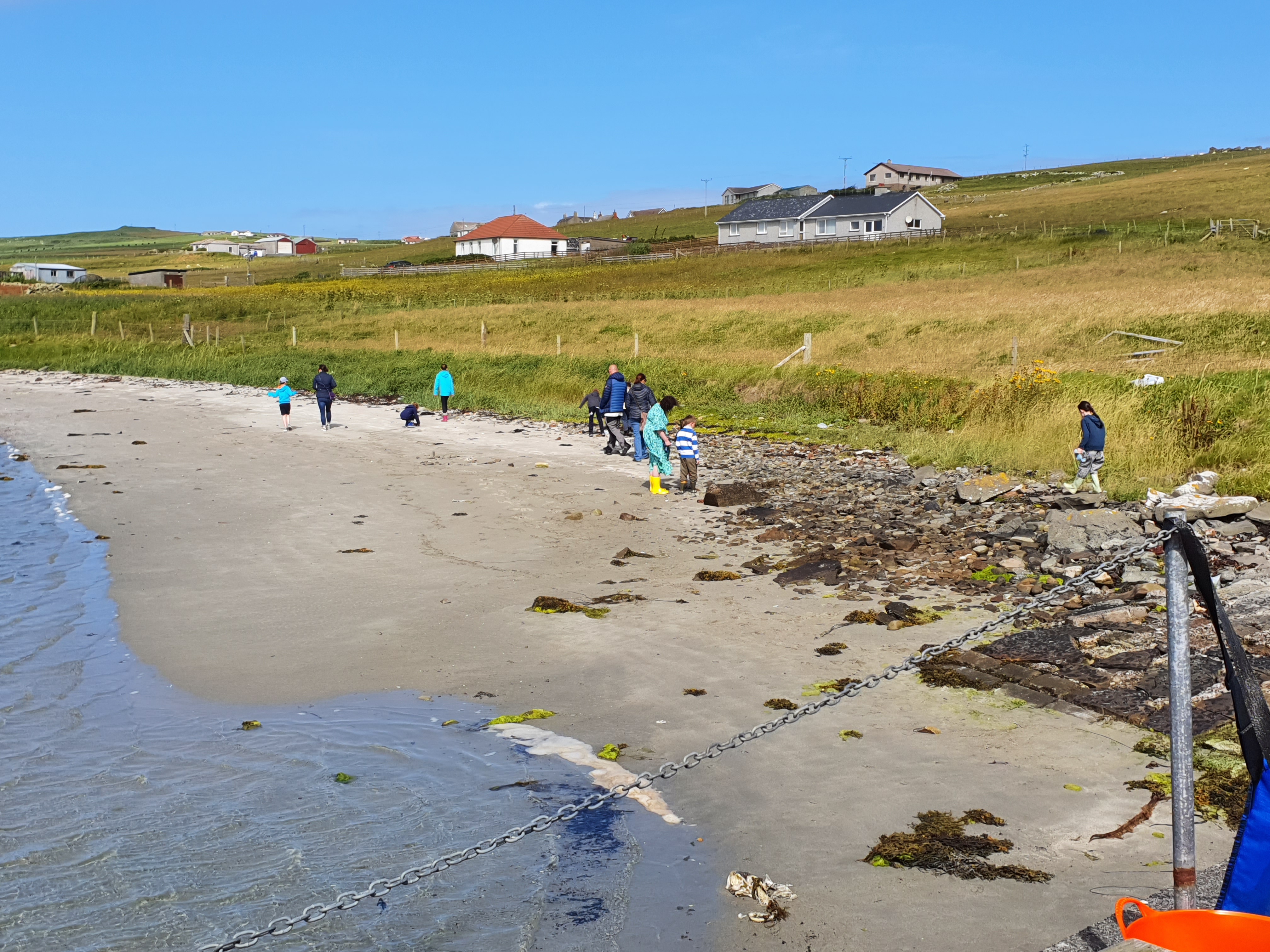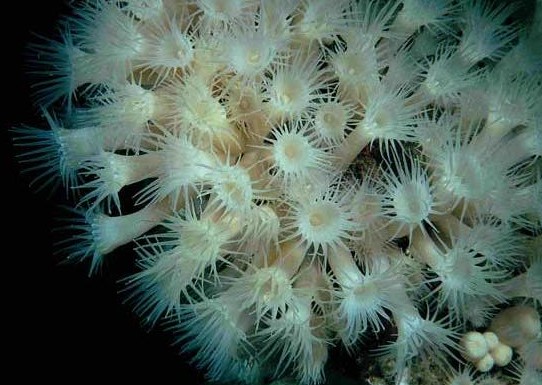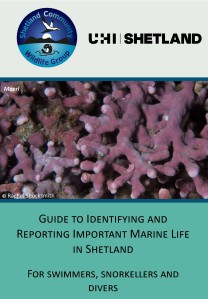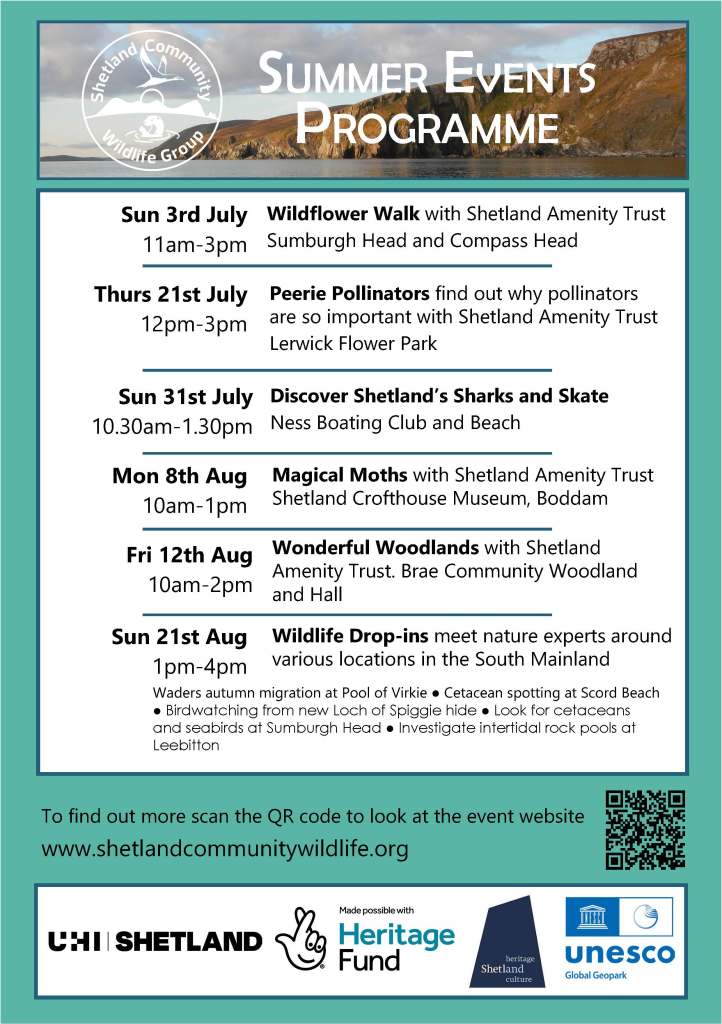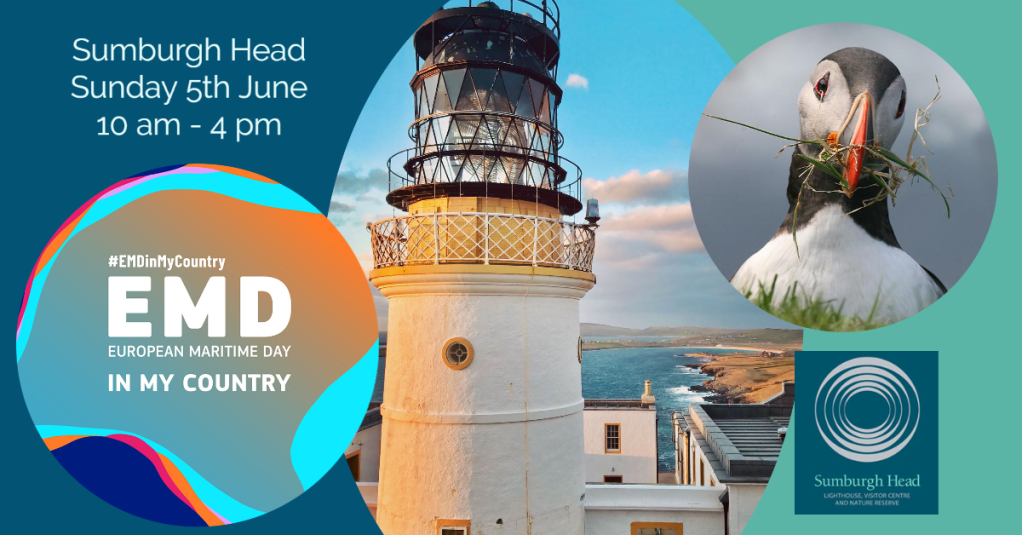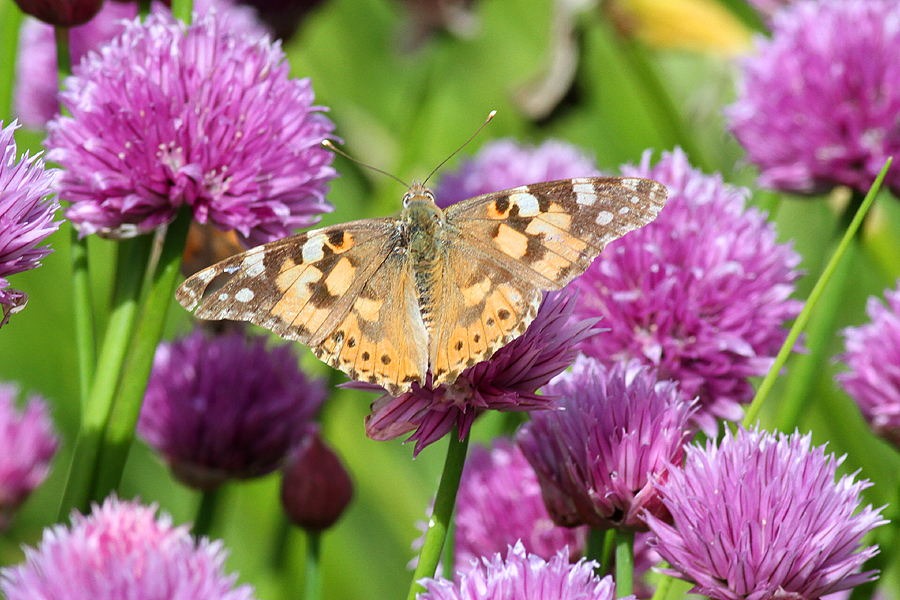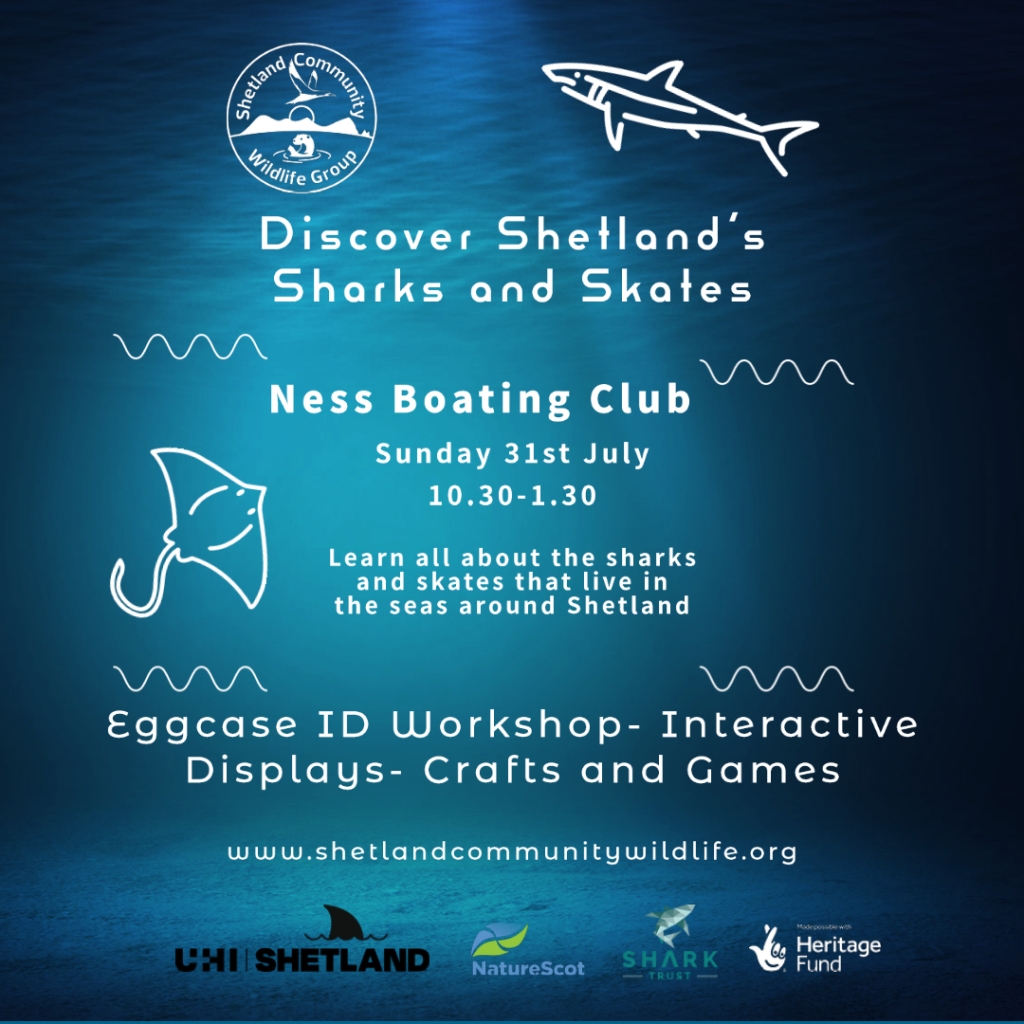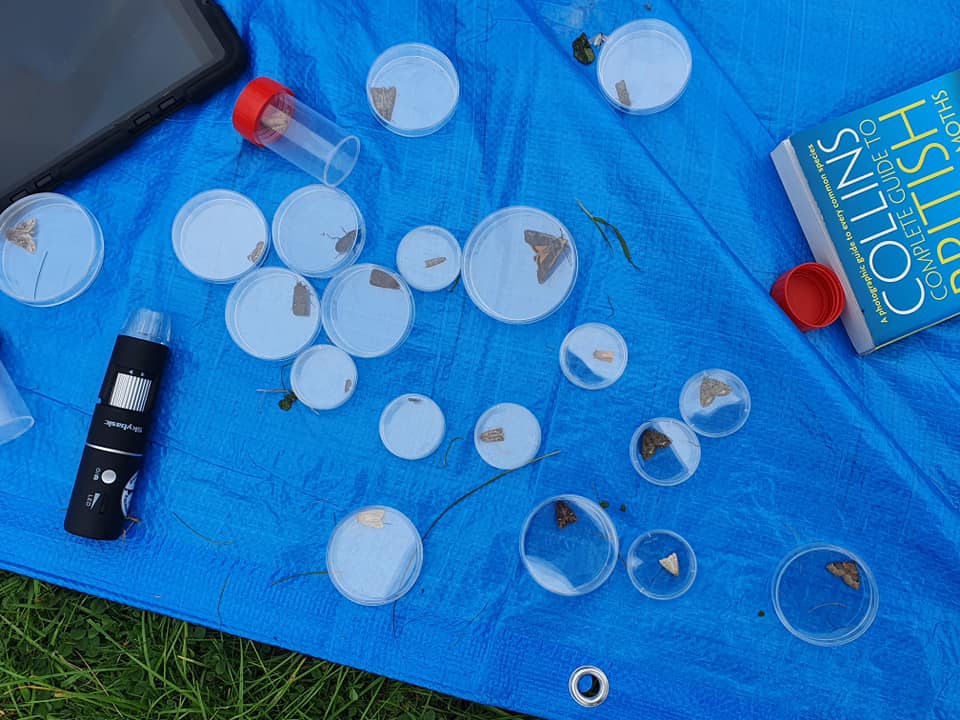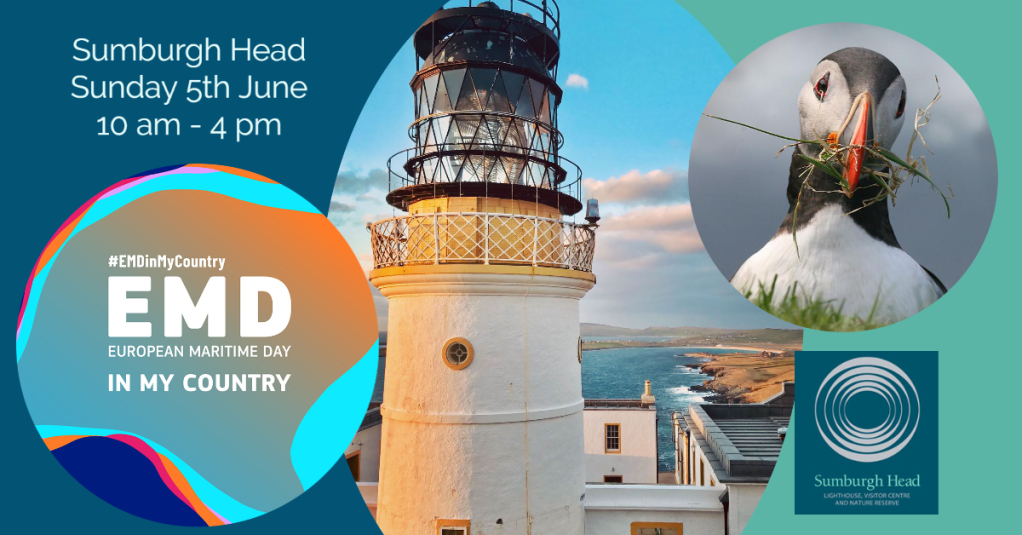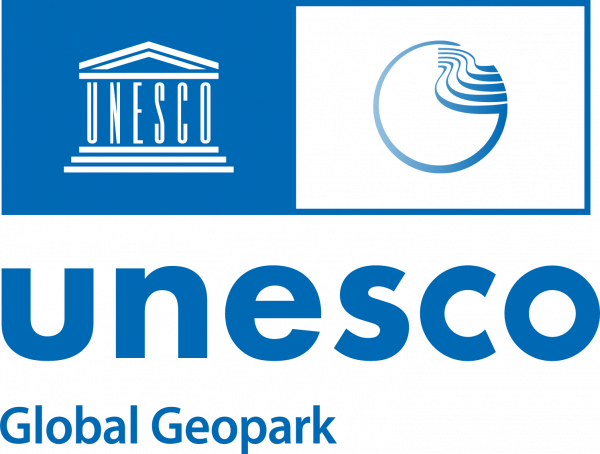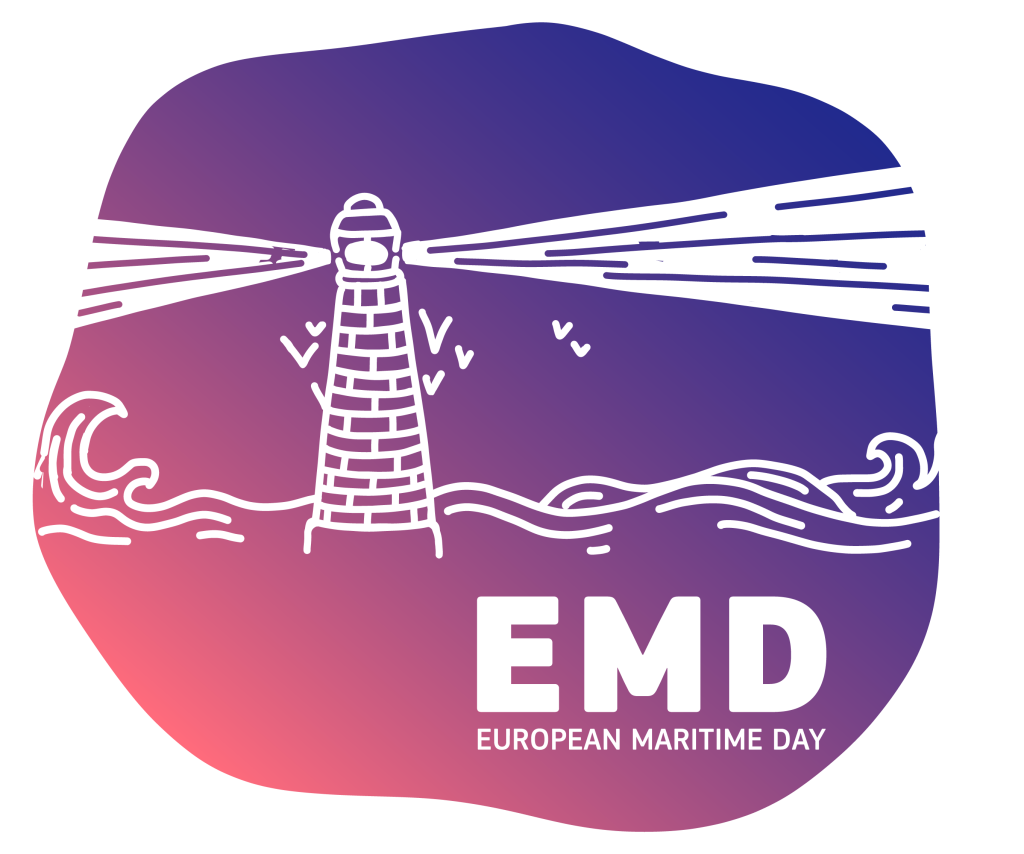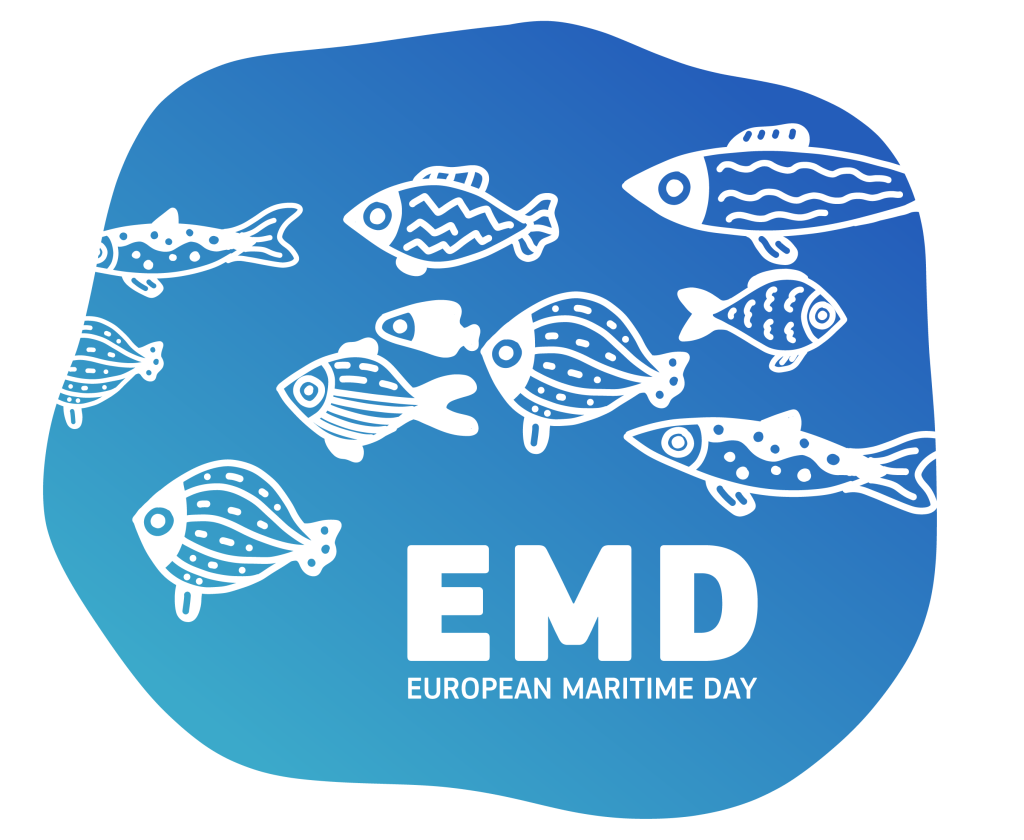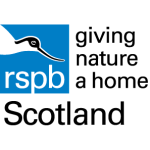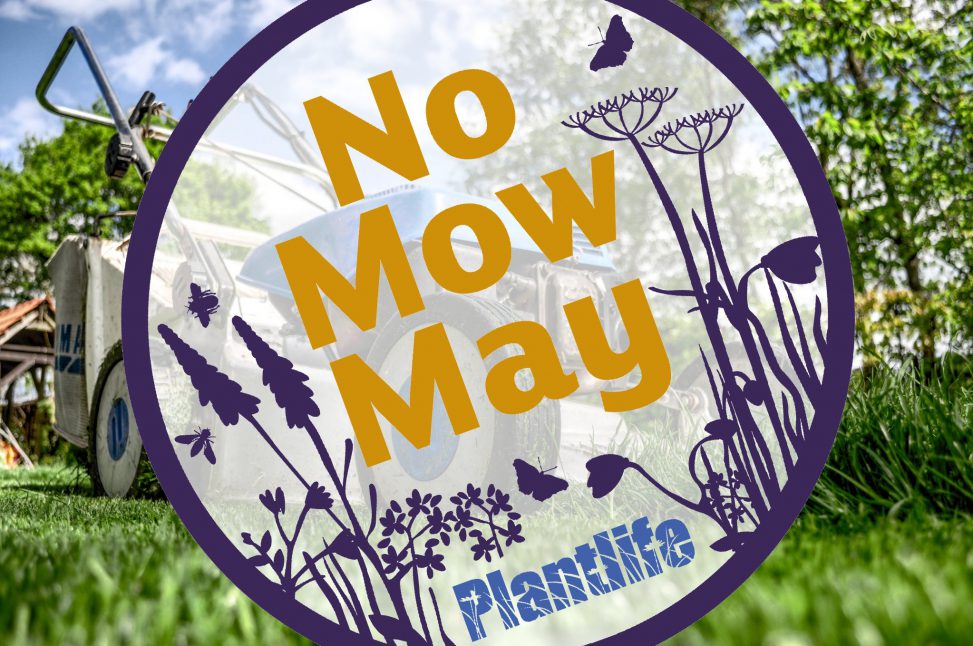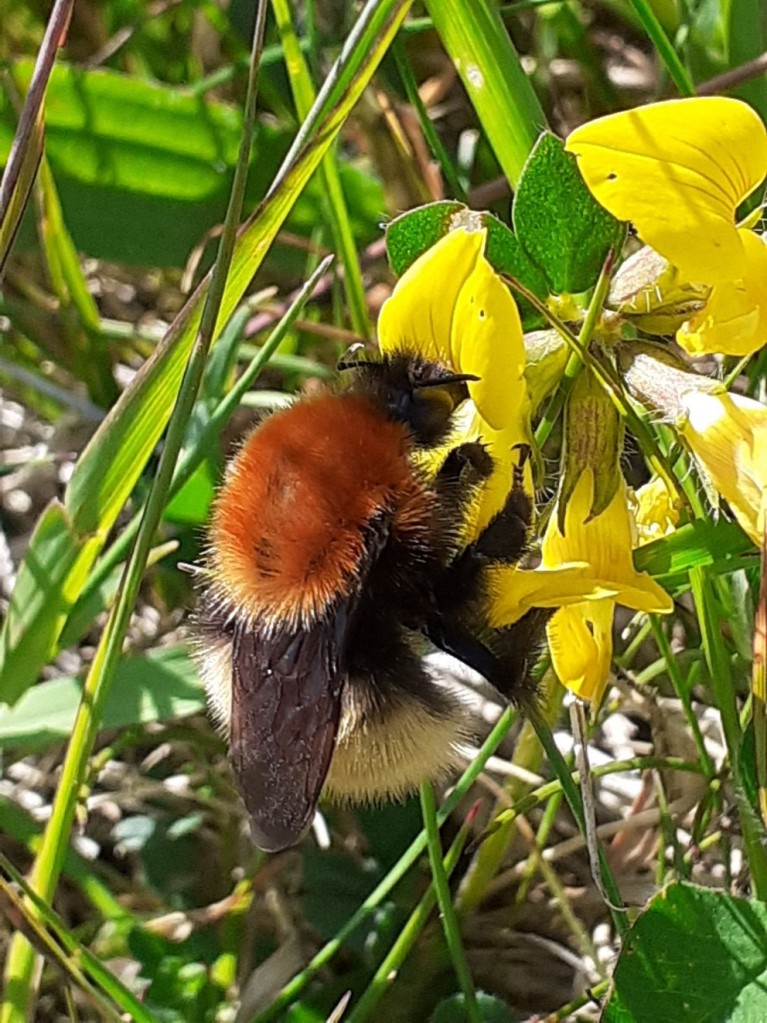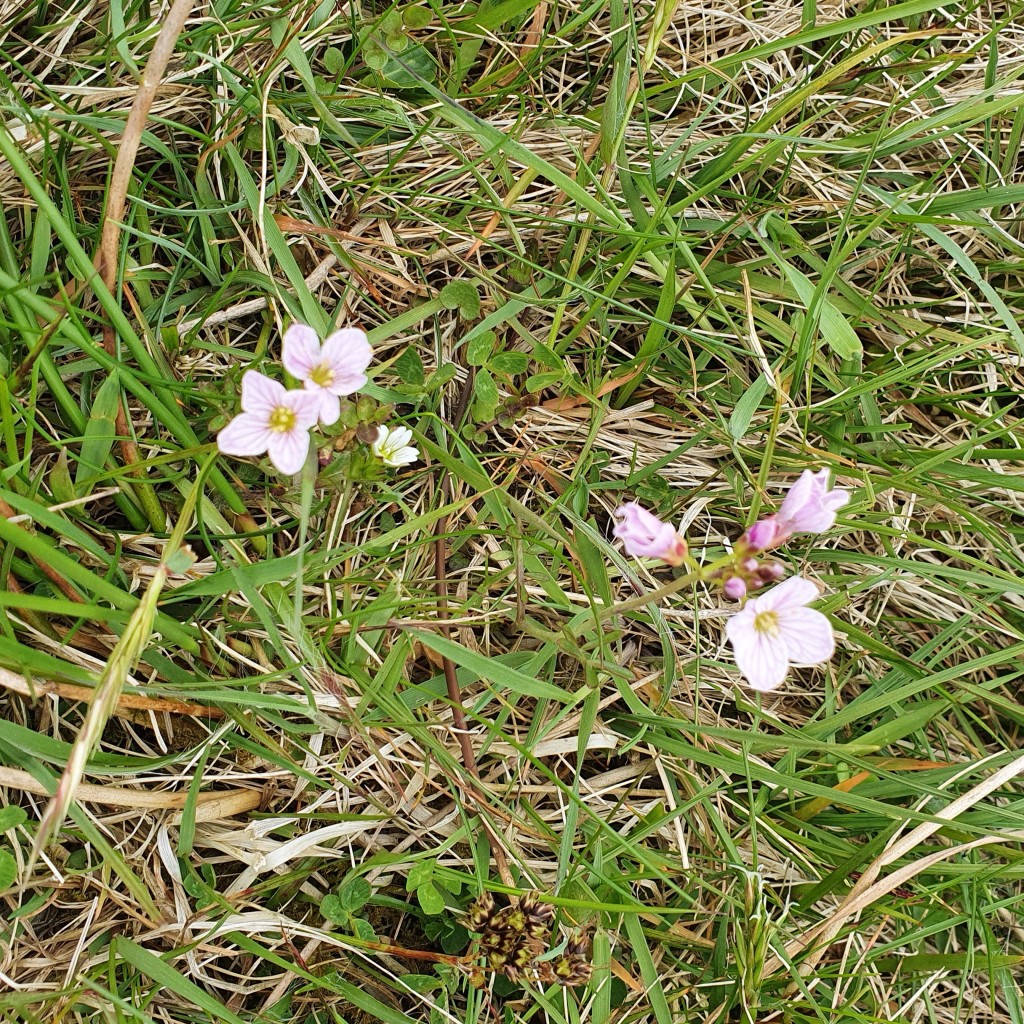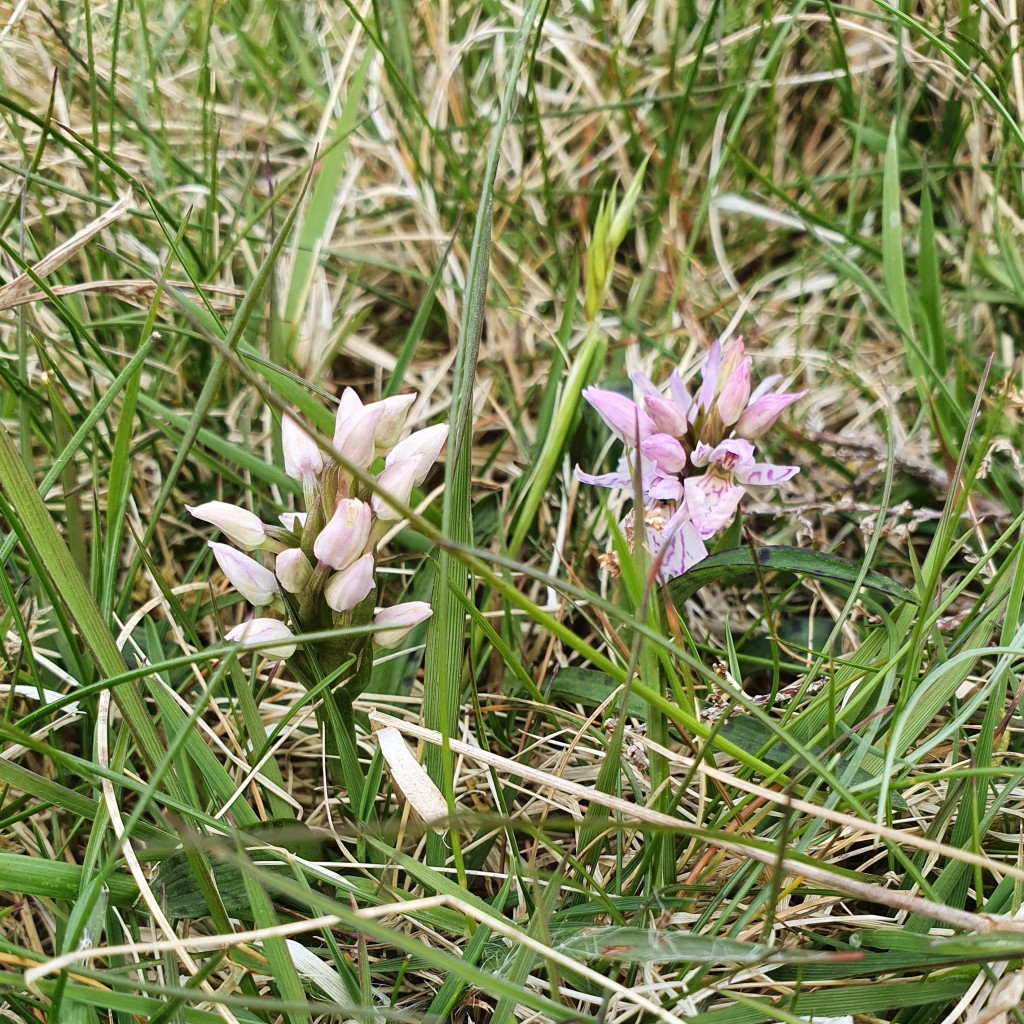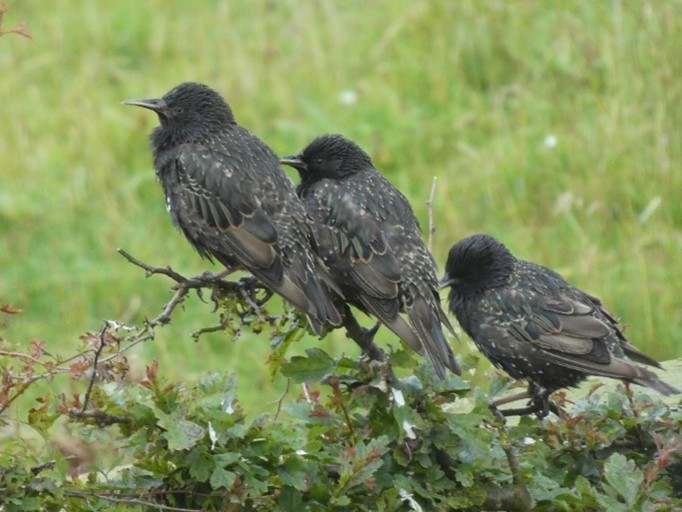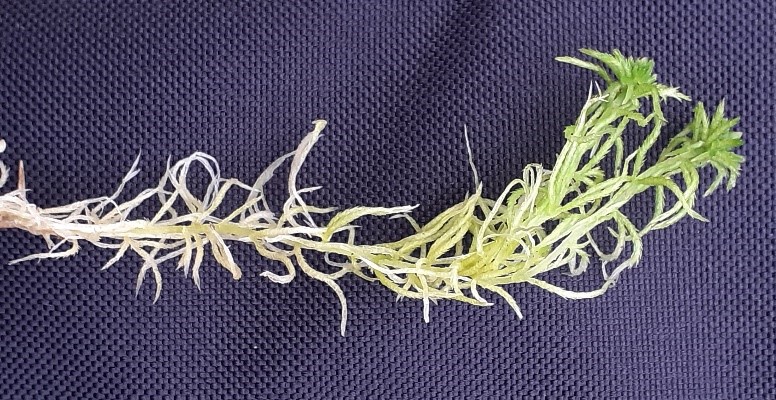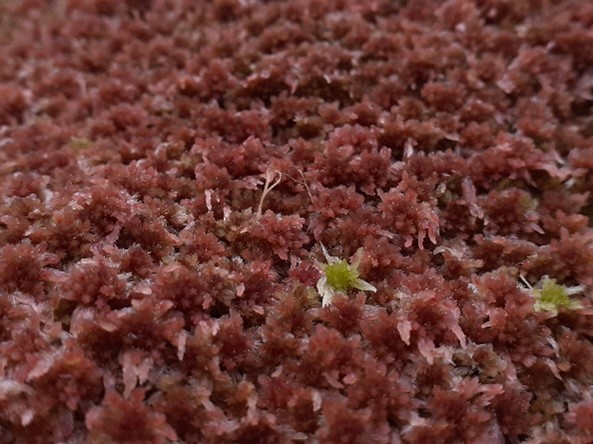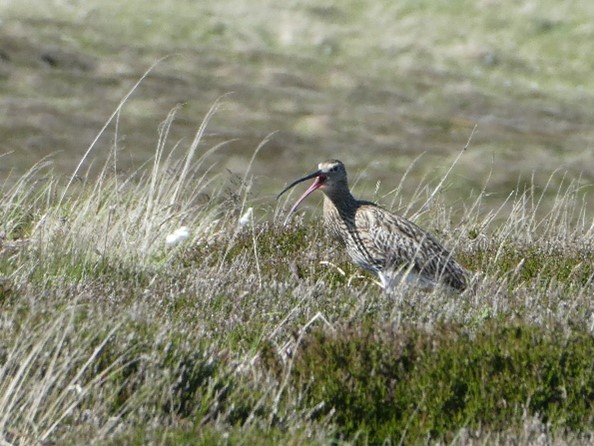Is Shetland and its species special to you? Do you want the opportunity to develop your own skills, knowledge, and confidence and to inspire others to take action? Are you aged 16-25?
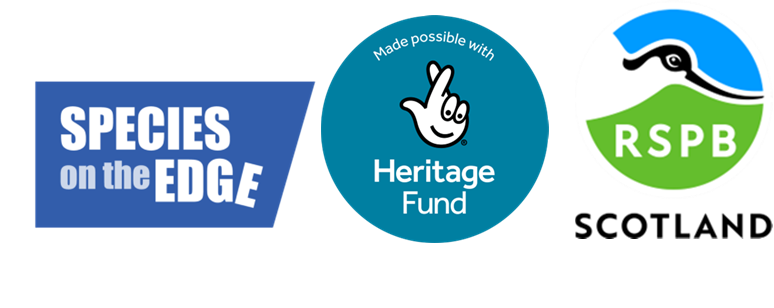
If so, the Species on the Edge Youth Panel may be the opportunity for you!
The Species on the Edge Youth Panel will bring young people together from across the Species on the Edge project areas to investigate and discuss issues related to their communities and the natural environment. Panellists will be empowered to make recommendations on how conservation organisations can better support communities in caring for local biodiversity.
Panellists will meet online at least four times a year and have the opportunity to attend a funded spring residential. Through these meetings, panel members will be supported to enact change for nature at a local level. Panellists will also be supported in designing and implementing their own local species recovery projects.
Species on the Edge Project
Shetland is amongst the most spectacular and biodiverse areas in the UK, home to vibrant and resilient communities of people and many special species. In fact, Shetland is a precious refuge for some of the most threatened and unique species in the UK. That is why Shetland is one of seven project areas in which the new multi-partner conservation programme, Species on the Edge, will be active over the next four years.
Species on the Edge is a multi-partner species conservation programme dedicated to supporting vulnerable and threatened species found along Scotland’s coast and islands. Funded by The National Lottery Heritage Fund, the partnership consists of Amphibian and Reptile Conservation, Bat Conservation Trust, Buglife, Bumblebee Conservation Trust, Butterfly Conservation, NatureScot, Plantlife, and RSPB Scotland. RSPB Scotland leads Species on the Edge activity in Shetland.

The programme will cover all travel, accommodation, and reasonable expenses associated with the Species on the Edge Youth Panel.
Youth Panel Role
The Species on the Edge Youth Panel offers panellists the opportunity to gain knowledge and to develop their skills, confidence, and employability. Panel members will be supported to develop their own project, access opportunities from across the partnership, and contribute to the Species on the Edge programme.
This role offers:
- the chance to meet new people and learn from experts within the conservation sector
- the opportunity to develop your own project to support others to connect with nature
- opportunities for training to support your personal development
Applications to the Youth Panel will open on 2nd October.
More information, including on how to apply, can be found by following this link: https://www.nature.scot/doc/species-edge-youth-panel, or feel free to get in touch with Molly, the Shetland People Engagement Officer at molly.harvey@rspb.org.uk.
To receive an email notifying you when applications open, sign up to the Species on the Edge mailing list: http://eepurl.com/isDe16

